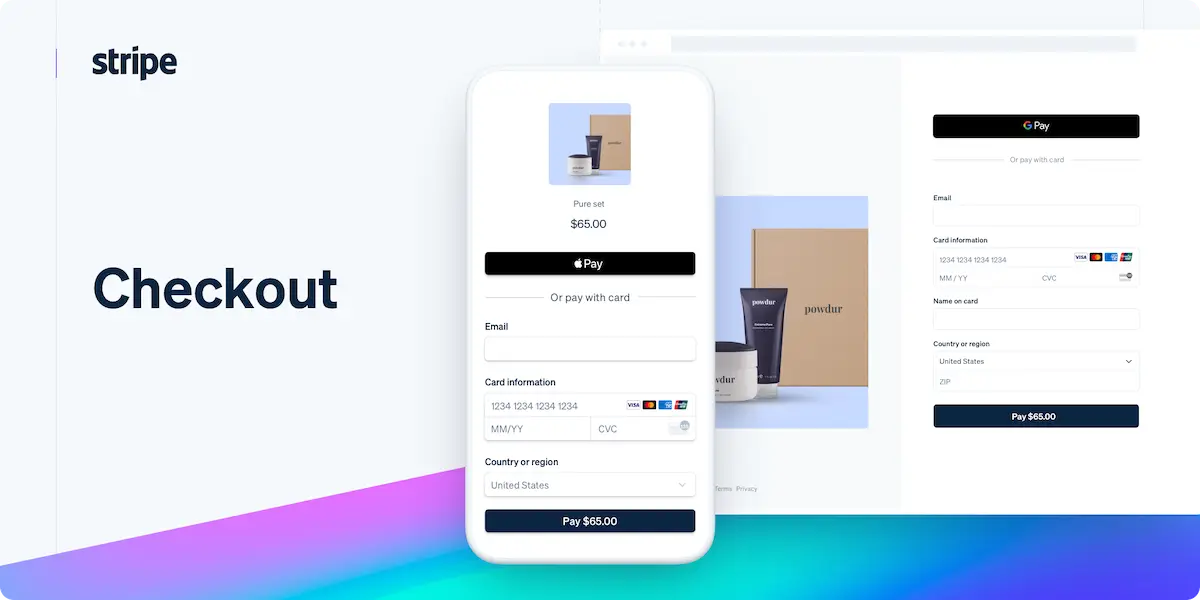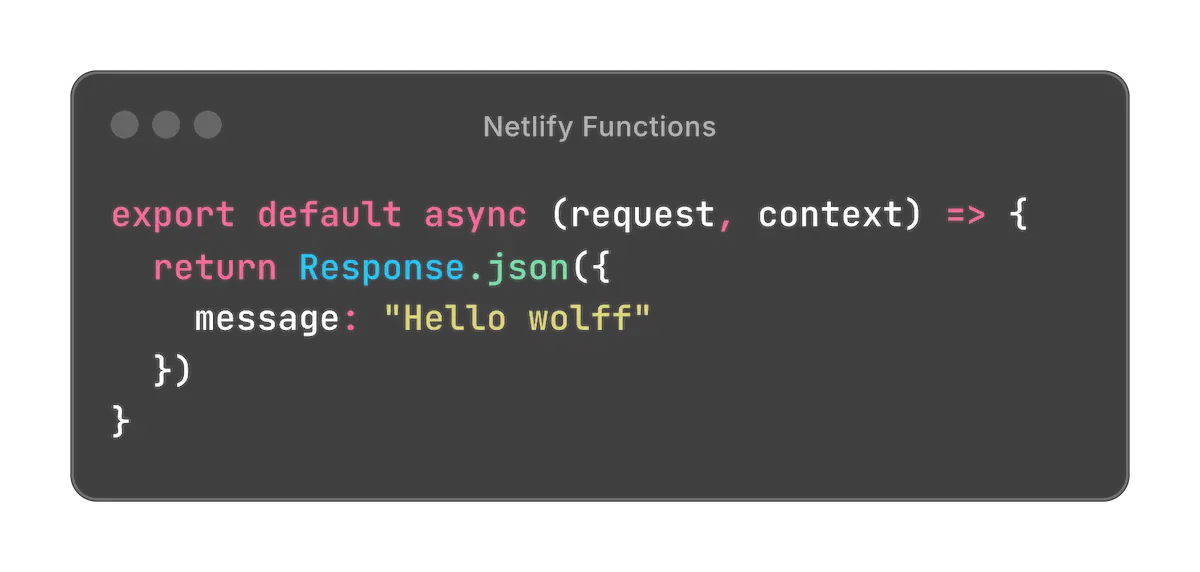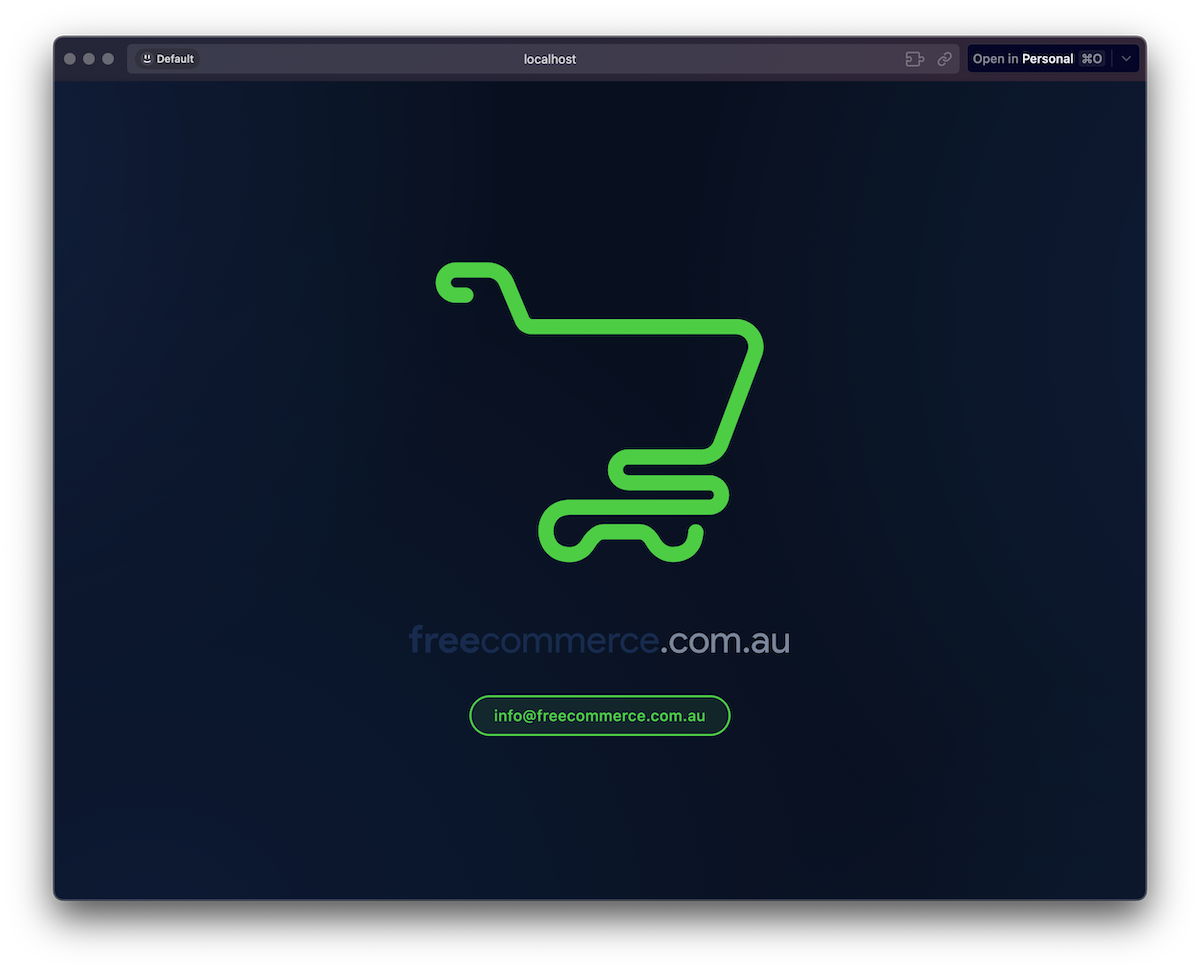Landing page in minutes
I have a few domains floating around.
Usually they’re ideas that I impulsively register, for a side project or a product, and due to life, forget about it.
They stay there, waiting for the moment I can spend a few days creating and developing that idea. Which usually doesn’t happen.
But…
Now, with the tools available, I feel that habit is changing…
Vibe coding freecommerce.com.au
Introduced by Andrej Karpathy in February 2025, vibe coding is now a thing. And it’s fun! I used it to create a few minutes landing page for one of those projects.
This personal project idea, freecommerce.com.au, came to me when I was creating odara.com.au for my daughter. She wanted to try her skills on e-commerce, with the lowest possible risk, and asked for dad’s help.
The case of odara.com.au
My first idea was Shopify or Squarespace. Get something off the shelve, customize, release. Use the free trials, the works.
Then I read the fine print. to have a decent shop for more than the first 30 days, she’d be spending at least $50 a month, which for a starting 1-person biquini brand in Australia, was a bit steep. Then I started to look for free alternatives.
Free as in…
I couldn’t find any real e-commerce solution that was really free. There was always a fine print, or it was too hard to manage products, or it wasn’t flexible enough… the list came to no options that would suit her case. And $50/month to start without knowing how long until it became profitable… well, that was a conundrum.
Then, I did what I believe it’s good fun. Start from scratch.
E-commerce setup
The main parts of the e-commerce site are:
- Frontend: which framework to use? How will it look?
- Backend (or backoffice): how to manage products, prices, stock, orders? How to send transactional emails?
- Payment gateway: which one to use? What are the costs?
- Hosting platform: VPS, Hosting provider, can I use free tiers?
Design and frontend
I started to look into components frameworks (hint: I don’t like react, sorry) then templates… nothing was matching the expectations.
Then I sketched the first version on iPad, and created the designs in Figma for mobile and desktop.
For the frontend, I was very much in my SSG (Static Site Generators) phase, so I chose 11ty to publish it. That would ensure the best performance and a tiny website.
Backend
Then it came the crux of this project. What to use for backend? An idea sparked: what about Notion? It’s easy enough to learn, supports image uploads, rich text, has databases (tables), can export markdown, has an API… and I used a poors-man webhook support to republish the website, so when she changed something, there was a link on the Notion’s page description that triggers a new deploy and BOOM! New website in less than a minute.

That was a very good idea. She was able to learn how to manage the website in hours, add products, manage stock with Notion tables, and I was able to integrate the ordering system into it as well. Notion has a good mobile client, so she could manage her webshop on the go or on desktop, and I had to create zero UIs for all that!
And using Notion’s editor, she could quickly add privacy policies, terms of service, tax implications, click and collect instructions, etc.
Payment gateway
After a long search, I decided to use Stripe’s Checkout. Easy enough to use and customize, and I would only need a server-side page to pass down parameters and API keys. It has webhooks, so when a purchase is done, it inserts into Notion Orders database. And it costs 1.79% + AUD 0.30 for each purchase.

Hosting platform
I wasn’t expecting millions of purchases, nor for it to go viral. So Netlify was the choice. At the time Cloudflare wasn’t my first option, Wrangler was a bit finnicky and Netlify’s webhooks allowed me to create links so she could republish the website whenever she wanted.
Netlify’s functions allowed me to create bits and pieces of server-side code, so when someone purchased some product, I could update the website in realtime, Notion’s stock db and send emails using SendGrid’s free tier plan. Combine that with a free gmail redirect, and we’re done! A free ecommerce website!

And that was the birth of freecommerce.com.au
During the pandemic, Amazon Australia’s sales surged by 87% as consumers rapidly shifted to online shopping. This wasn’t just a temporary spike…
While growth rates normalized after 2021, with Australia Post reporting more modest 2.5% growth post-pandemic, online shopping remained significantly above pre-pandemic levels.
So, imagine if moms and pops in Australia could create a shop for free, really free, to sell goods online? That’s the idea.
Freecommerce.com.au aims to be a platform for people to create free ecommerce shops, by educating them how that’s possible and offering tools and services online that have free tiers for people to use.
It requires a little bit of effort/work to setup, then the only costs would be the domain (around $10 annually) and stripe’s %.
Back to the point: what about vibe coding?
So, here’s the thing: I needed to create a landing page for freecommerce.com.au. And time is valuable around these days.
Having the svg logo I created in the past, I asked Windsurf to create a landing page with that, asked for a subtle animated background, added a button for the email, changed a couple things and voila! in less than 5 minutes, I had my landing page.
It’s not super fancy, I can improve later. But it’s good, and it required 3 prompts and a few minutes.
After that, it was a matter of setting up a Cloudflare pages project (~2 minutes), setting up the custom domain (I moved it to Cloudflare - around 3 minutes) and asked Windsurf to publish a github repo for the project, so I could have automatic deployments. Connected it to the pages and DONE!
Now the part missing is redirecting the custom email to the gmail account. That took me 40 seconds, because I always have to remember where to find it in Cloudflare’s dashboard.
Now I have a live freecommerce.com.au website up and running, waiting for those free days where I can think how I will record videos teaching people how to set up their own free e-commerce corner on the internet…
And now I also have bit, so a real database with admin UI (PocketBase), maybe I’ll change from Notion. I’ll think about it…
